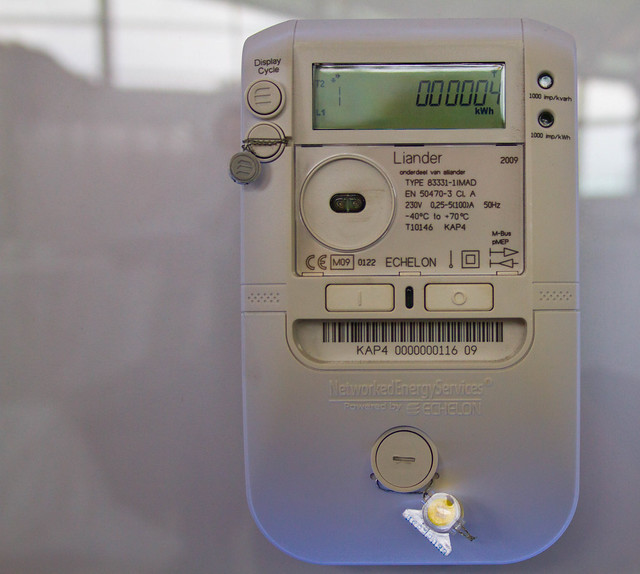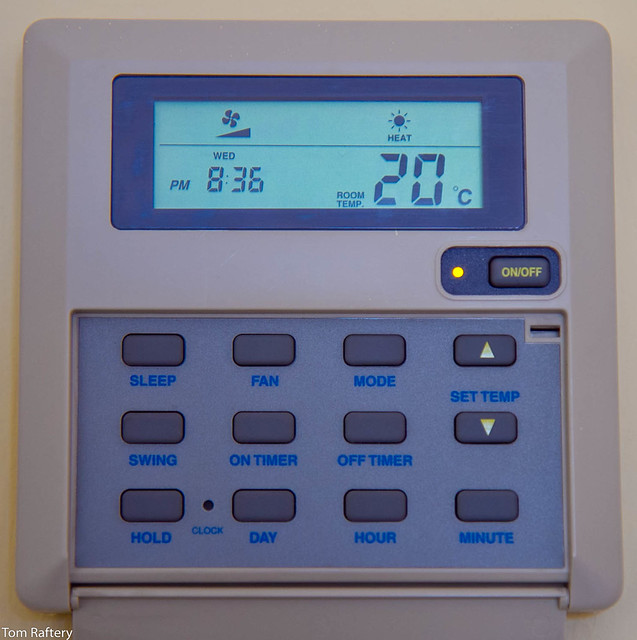Welcome to episode twenty one of the Technology for Good hangout. In this week’s episode we had industry analyst Gary Barnett, as a guest on the show. As well as being a fellow industry analyst, Gary is an old friend, so we had a lot of fun discussing this week’s crop of stories. We had some connectivity issues at times during the hangout unfortunately, but that didn’t stop us from having a very interesting discussion about topics as diverse as climate, energy efficiency, and communications.
Here are the stories that we discussed in this week’s show:
Climate
World’s energy systems vulnerable to climate impacts, report warns
Peak Coal: Why the Industry’s Dominance May Soon Be OverEfficiency
Cable TV boxes become 2nd biggest energy users in many homes
Microsoft Supercharges Bing Search With Programmable ChipsCloud
Amazon strikes back, launching speedy solid-state block storage one day after Google
Communications
Google’s Balloon Internet Experiment, One Year Later
Facebook has built it’s own switch
Antitheft Technology Led to a Dip in iPhone Thefts in Some Cities, Police Say
Google and Microsoft add phone kill switch
Fire Phone against the world: can Amazon take on iOS and AndroidHealth
Ahead of Apple’s HealthKit, WebMD app now tracks health & fitness data from connected accessories
Transportation
Harley-Davidson’s First Electric Motorcycle Surprisingly Doesn’t Suck
Start-ups
Microsoft launches new startup accelerator in Redmond, focusing on home automation and the ‘Internet of Things’
Swiss based encrypted email service, brought to you by CERN and MIT scientists.


